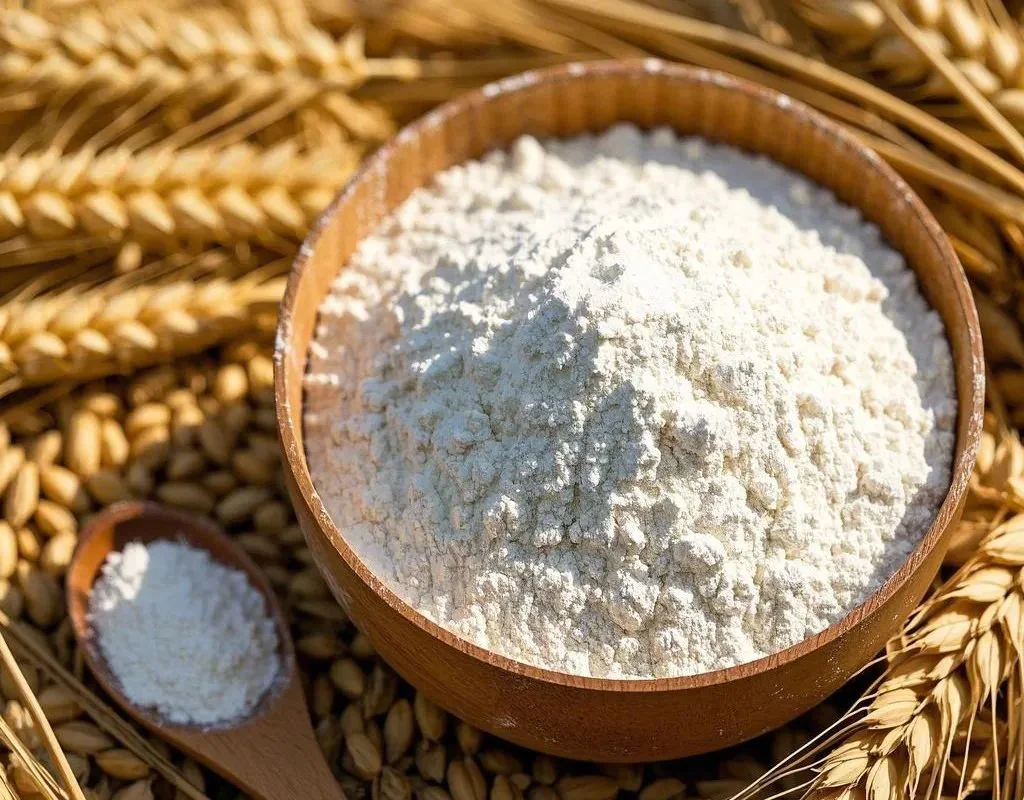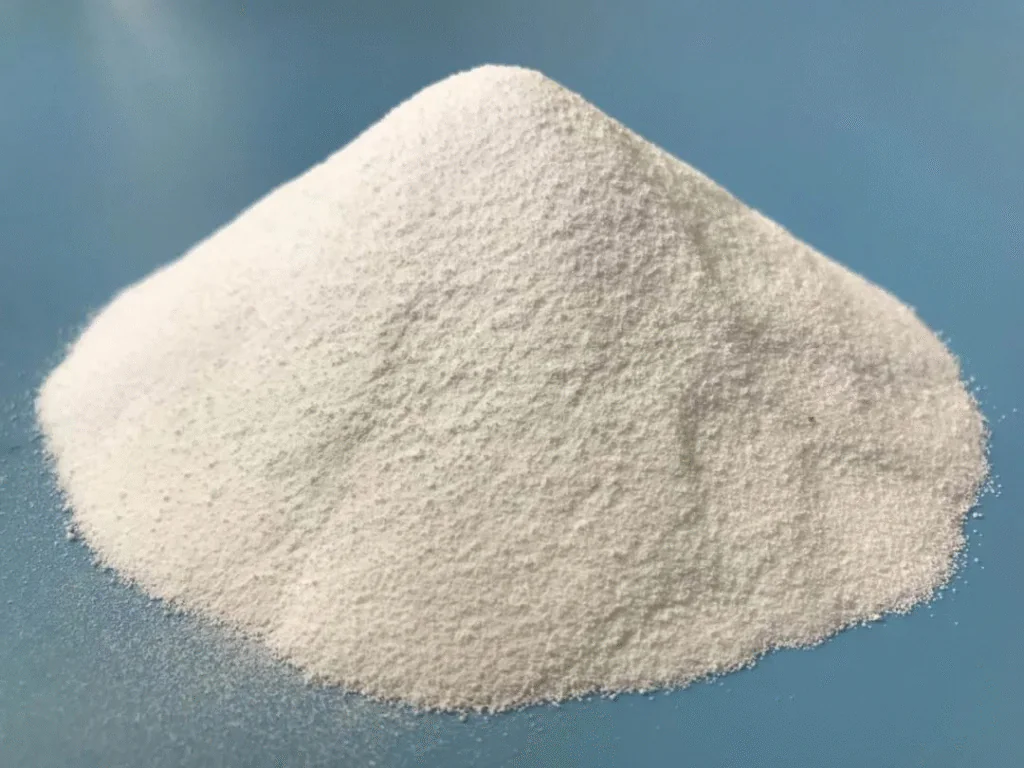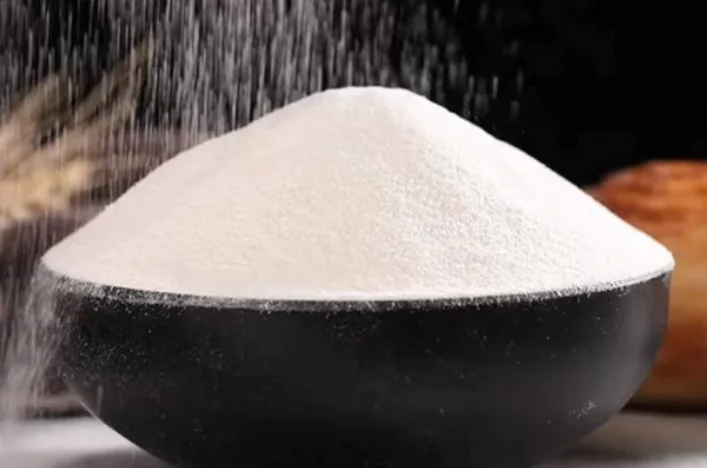In many industries, water softeners are very important. They help remove hardness from water. Hard water contains a lot of calcium and magnesium. This can cause scale, damage pipes, and reduce equipment life. Using the right phosphate-based softener can help save costs and improve system performance.
This article will explain three common phosphate softeners:
- Trisodium phosphate (TSP)
- Sodium tripolyphosphate (STPP)
- Sodium hexametaphosphate (SHMP)
We will look at how they work, where to use them, and their pros and cons.
1. Trisodium Phosphate (TSP): Low-Cost Precipitating Softener
How it works: TSP reacts with calcium and magnesium. It forms solid particles (precipitates). These solids are then removed from water.
Where to use:
- Water with high hardness
- Industrial water systems
- Boiler feed water
Pros:
- Low cost
- Fast reaction
- Strong scale removal
Cons:
- Makes solid waste that needs treatment
- Only works well in alkaline water (pH > 8)

2. Sodium Tripolyphosphate (STPP): Gentle and Effective Chelating Softener
How it works: STPP grabs (chelates) calcium and magnesium. It keeps them in a soluble form. This stops scale from forming.
Where to use:
- Medium or low hardness water
- Detergents and cleaning wastewater
- Light industry and food factories
Pros:
- Strong chelating ability
- No solids formed
- Works in pH 6–9
Cons:
- Not stable at high temperatures
- Breaks down more easily

3. Sodium Hexametaphosphate (SHMP): Stable Softener with Extra Dispersion
How it works: SHMP also chelates calcium and magnesium. It also helps stop small particles from sticking together. This keeps water clean and clear.
Where to use:
- High hardness, high temperature water
- Textile factories
- Oilfield injection water
Pros:
- Strong chelation
- Very stable in heat
- Works well in pH 6–10
- Also helps disperse particles
Cons:
- Higher cost
- Best for systems with high water quality needs

4. Comparison Table
| Item | TSP | STPP | SHMP |
| Action Type | Forms solids | Chelates ions | Chelation + dispersion |
| Best Water Hardness | High | Medium/Low | High & Hot |
| Reaction Products | Solid particles | Soluble complex | Soluble complex |
| pH Range | Alkaline (>8) | 6–9 | 6–10 |
| Heat Stability | Average | Low (easy to break) | Very good |
| Cost | Low | Medium | High |
5. Conclusion: Choose Based on Your Water and System Needs
Each phosphate softener has its own benefits. Choose the right one based on your water quality and system:
- For high hardness and low cost: use TSP.
- For easy use and steady operation: choose STPP.
- For high temperature and long-term results: go with SHMP.
Choosing the right softener helps reduce scale, protect pipes, and keep systems running smoothly.
